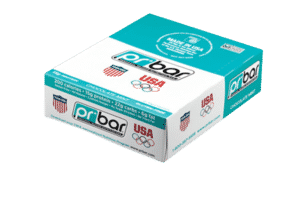Home » Pallet Optimization Explained: Packaging, Tips and Benefits
Pallet Optimization Explained: Packaging, Tips and Benefits

Pallet optimization is the process of maximizing efficiency in space utilization and handling while minimizing freight costs. It requires strategic use of surface area, stacking height, and protective measures such as corner boards, straps, and stretch film. Effective pallet optimization not only reduces costs but also improves safety, prevents product loss, and ensures compliance with retailer requirements.
Why Pallet Optimization Matters
Logistics Efficiency: Optimized pallets reduce wasted space in trucks, warehouses, and distribution centers.
Cost Reduction: Better space utilization lowers freight expenses by reducing pallet count and dimensional charges.
Retail Compliance: Many retailers enforce pallet standards to streamline storage and handling.
Safety: Stable pallets minimize risk of shifting loads and workplace accidents.
9 Tips for Pallet Optimization
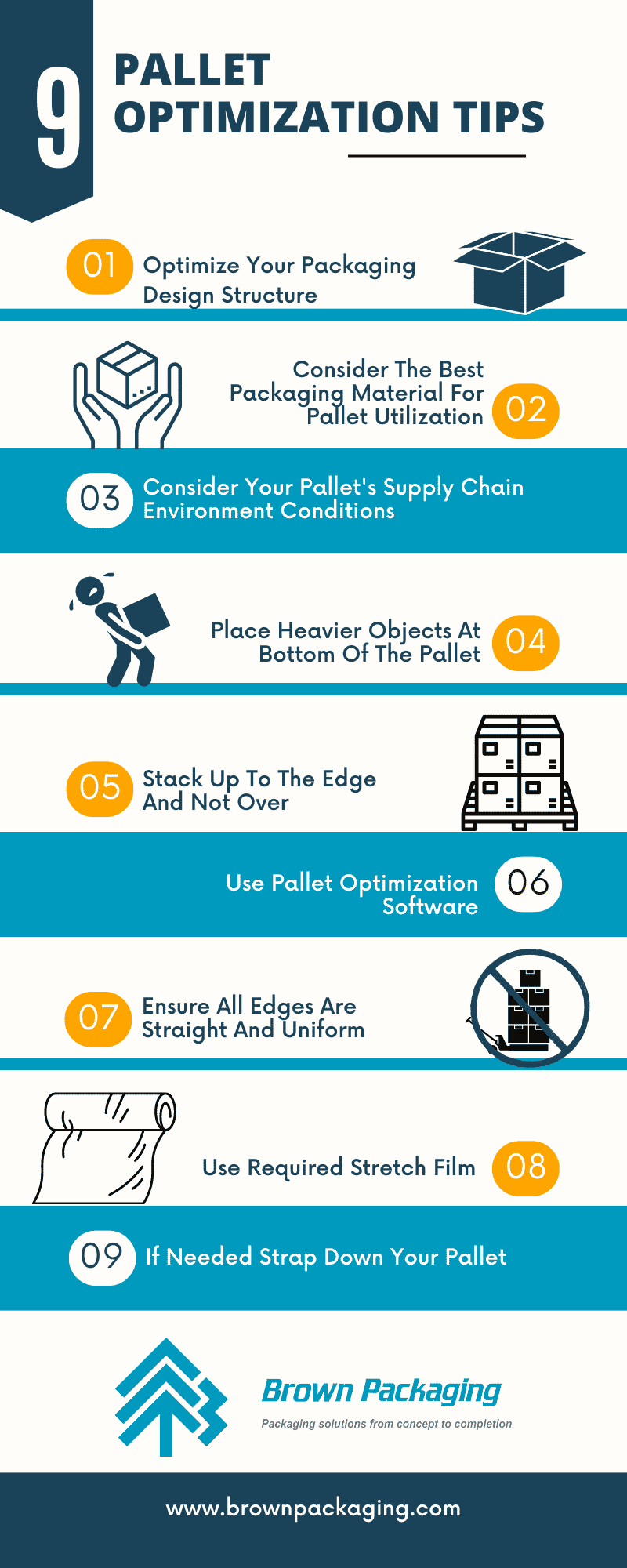
Optimize Packaging Design
Uniform, properly sized packaging stacks securely. Avoid oversized cartons, sharp edges, or unnecessary void space that weakens stability and wastes pallet capacity.
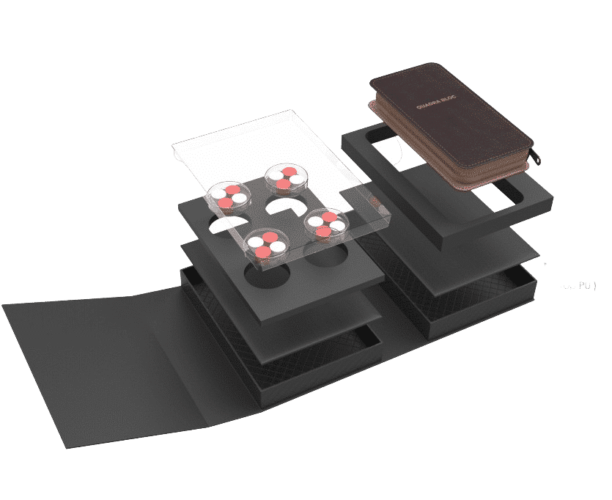
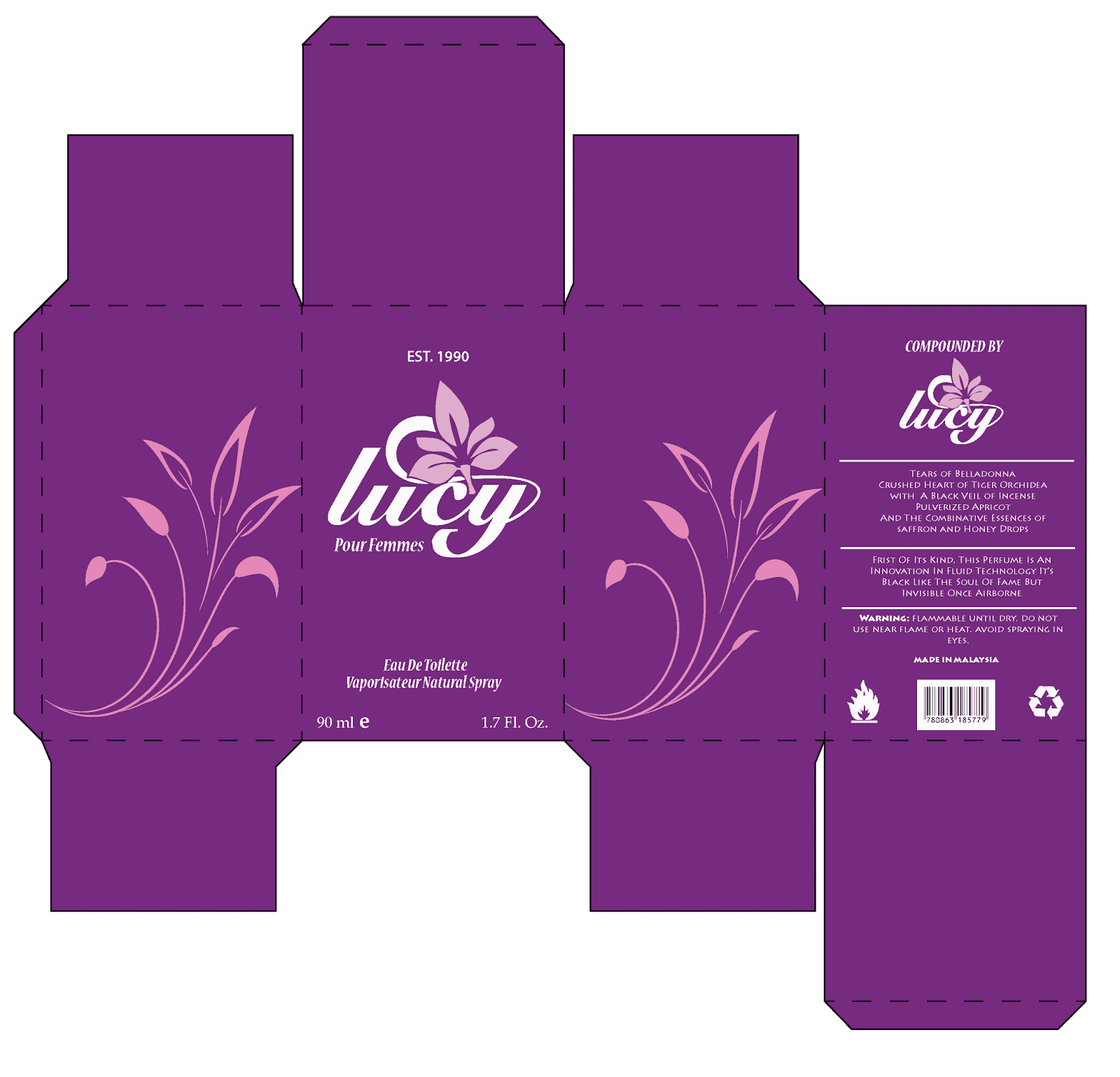
Select the Right Packaging Material
Corrugated strength impacts pallet load stability. Damaged cartons compromise entire stacks. Choose materials that withstand compression, vibration, and environmental stress.
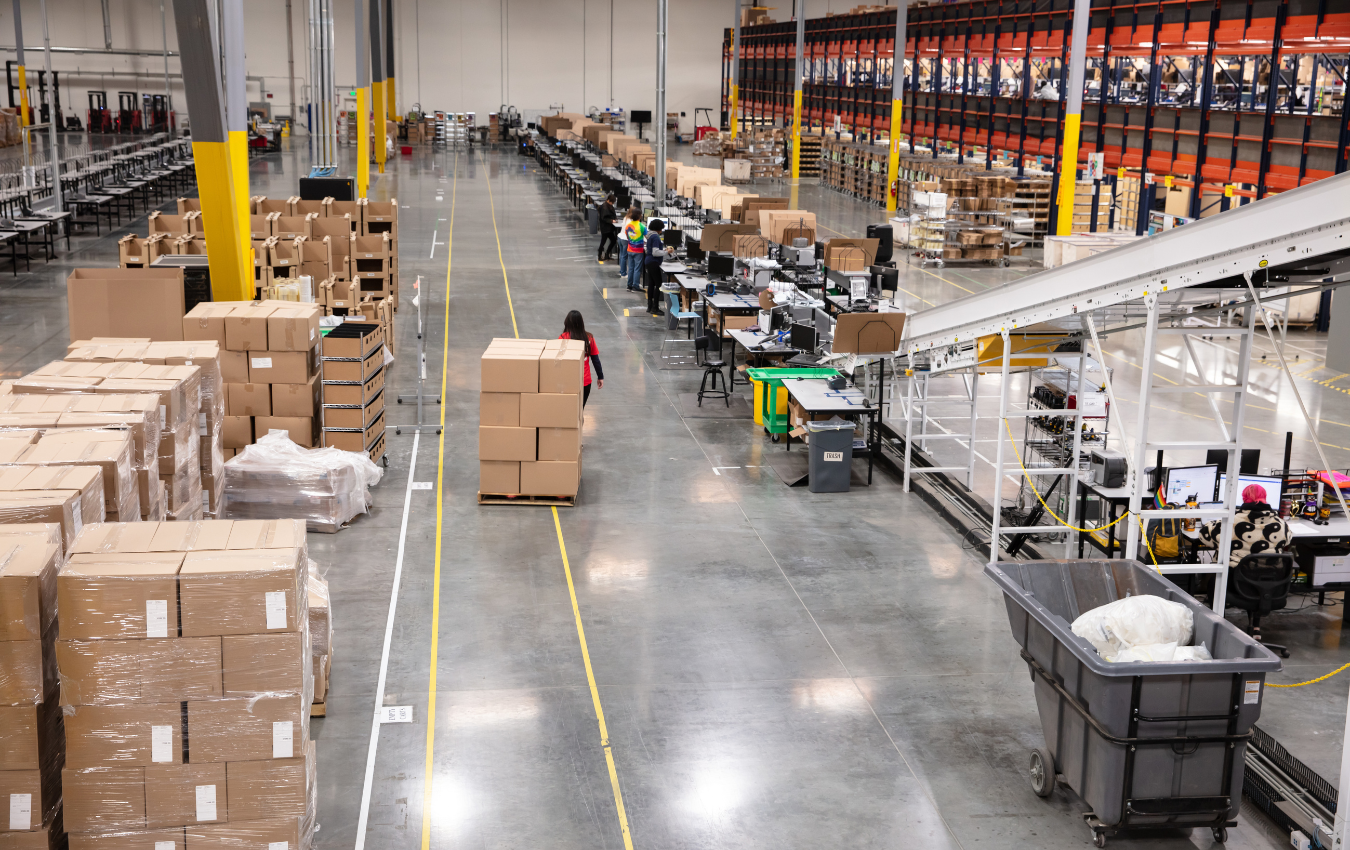
Consider Supply Chain Conditions
Heat, humidity, cold, and shock affect packaging integrity. Use appropriate protective materials (foam, bubble wrap, anti-static additives) and pallet reinforcements.
Place Heavier Items at the Bottom
A stable foundation prevents crushing of lighter cartons and reduces shifting risk during transit.
Stack to the Edge, Not Beyond
Overhanging cartons weaken load stability and may incur additional carrier fees. Align cartons flush with pallet edges.
Use Pallet Optimization Software
Tools like CAPE, StackBuilder, and Best Pallet provide load simulations to maximize cube utilization and safety.
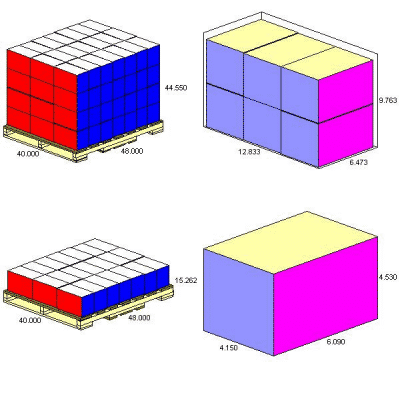
Keep Edges Straight and Uniform
Square, even loads distribute weight evenly. Avoid pyramid-style stacking, which destabilizes pallets and reduces efficiency.
Apply the Correct Stretch Film
Film strength and elasticity should match load weight and configuration. Specialty films with additives can improve performance in challenging conditions.
Add Straps if Needed
Polypropylene, steel, polyester, or cord straps provide additional stability. Combining strapping with corner boards and slip sheets further improves safety.

Benefits of Pallet Optimization
Improved Safety: Stable pallets reduce workplace injuries and accidents.
Reduced Shipping Costs: Maximizing cartons per pallet lowers freight and fuel expenses.
Faster Handling: Uniform stacks improve speed and accuracy during loading and unloading.
Product Protection: Properly secured pallets prevent carton damage and inventory loss.
Better Space Utilization: Optimized loads maximize warehouse and trailer capacity.

Buyer Takeaway
Pallet optimization is more than stacking boxes neatly—it’s a supply chain strategy. By optimizing packaging design, material strength, and pallet configurations, businesses can reduce costs, improve safety, and meet retailer requirements. The investment in software, stretch film, or strapping often pays for itself in fewer freight charges and reduced product damage.
References
International Safe Transit Association (ISTA). (2023). Distribution Testing Standards. Retrieved from https://ista.org
Fibre Box Association. (2023). Palletization and Corrugated Packaging. Retrieved from https://www.fibrebox.org
Soroka, W. (2016). Fundamentals of Packaging Technology (5th ed.). Institute of Packaging Professionals.
With new tariff proposals and continued trade uncertainty, 2026 is shaping up to be another pivotal year for packaging sourcing strategy. Many companies that shifted
Following multiple rounds of tariff changes and trade policy adjustments, 2026 marks a turning point for U.S. packaging buyers. Many who previously transitioned from China
Shifting packaging production from China to the U.S. can help stabilize costs, reduce tariff exposure, and shorten lead times. But the transition process requires careful
RSC boxes are known for their efficiency and versatility, but their performance ultimately comes down to strength. Buyers often see numbers like ECT, BCT, and
In packaging, foam isn’t just about initial protection — it’s about maintaining performance over the entire shipping or storage cycle. Compression set and recovery characteristics
Pouches are a go-to for flexibility and convenience, but they can fail in critical ways—from poor seals to punctures and delamination—that hurt performance and brand
Home » Pallet Optimization Explained: Packaging, Tips and Benefits
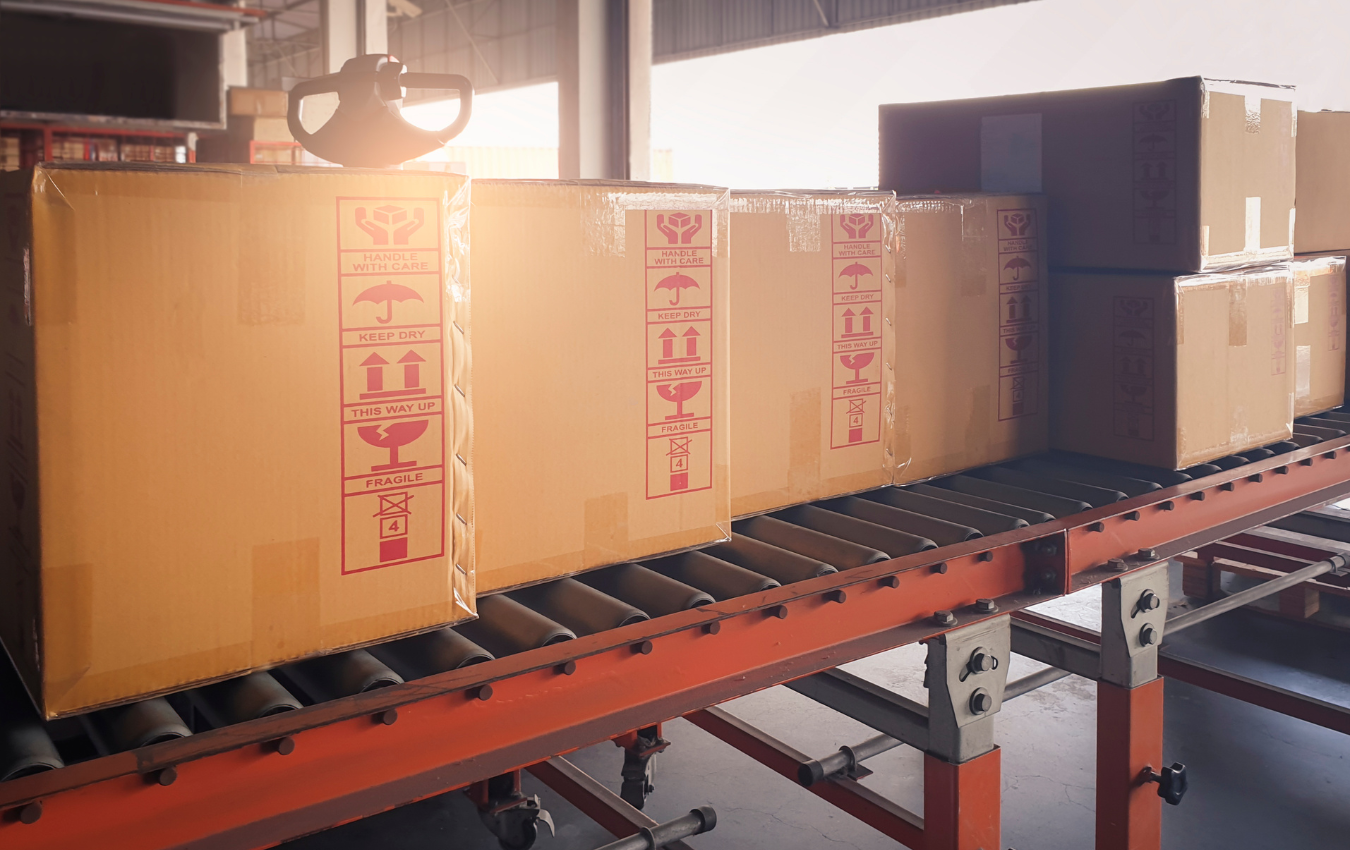
With new tariff proposals and continued trade uncertainty, 2026 is shaping up to be another pivotal year for packaging sourcing strategy. Many companies that shifted
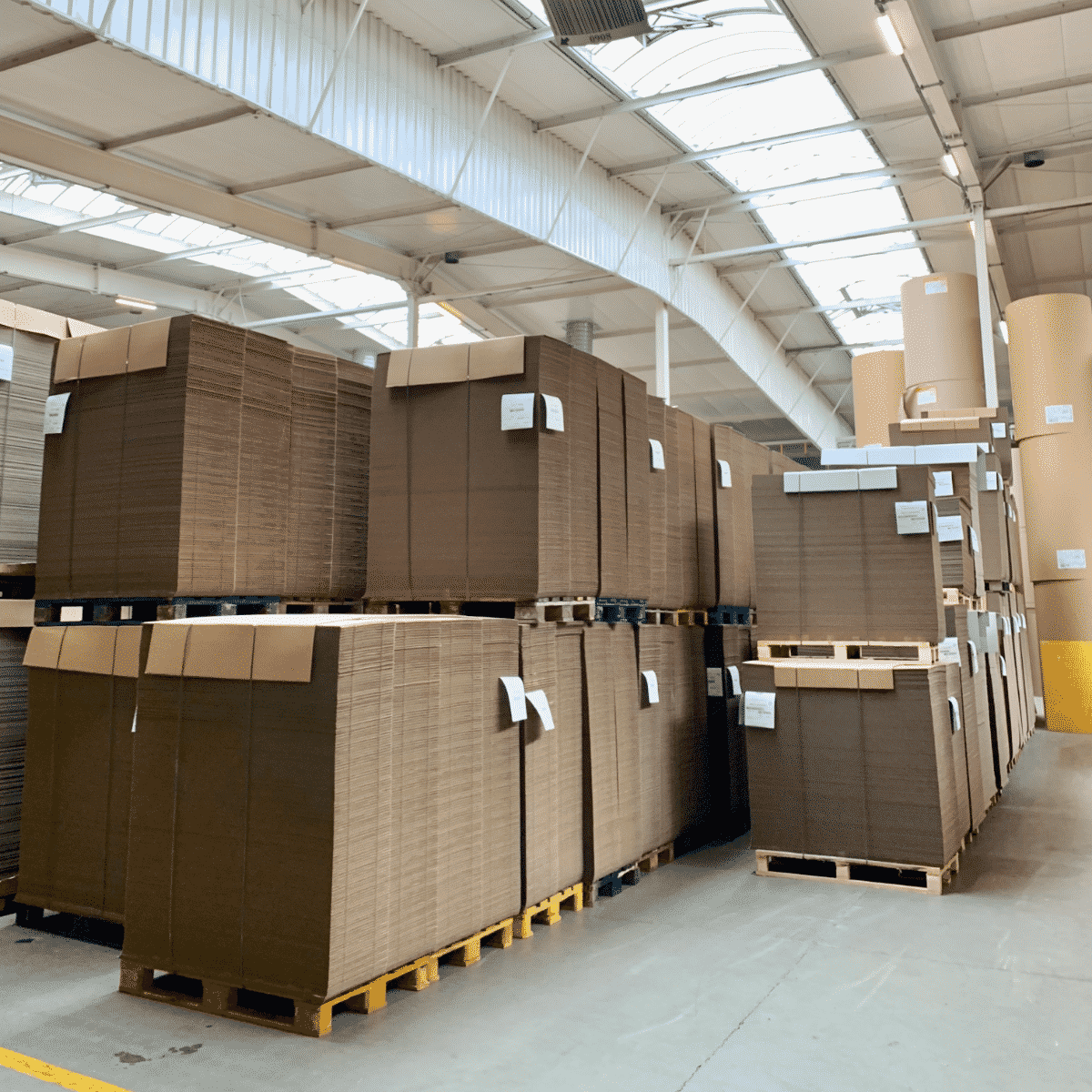
Following multiple rounds of tariff changes and trade policy adjustments, 2026 marks a turning point for U.S. packaging buyers. Many who previously transitioned from China
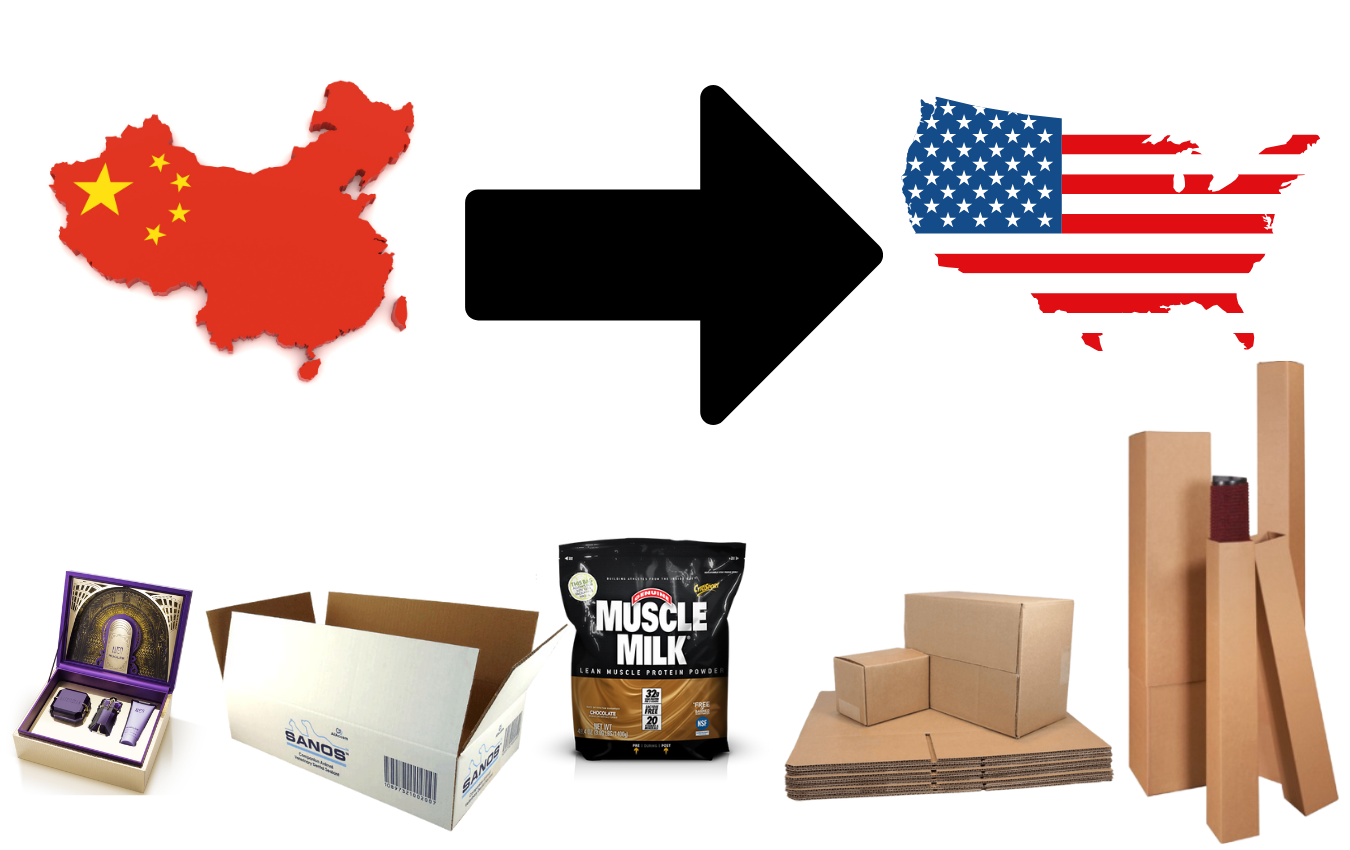
Shifting packaging production from China to the U.S. can help stabilize costs, reduce tariff exposure, and shorten lead times. But the transition process requires careful


